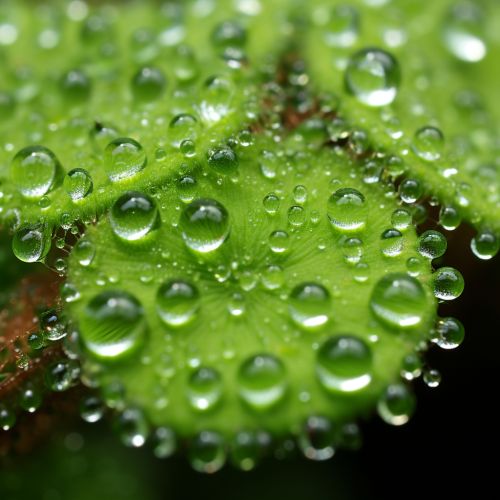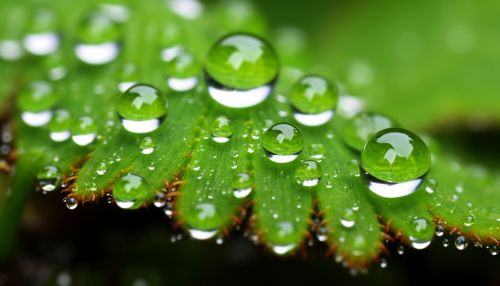Drosera
Introduction
Drosera, also known as the sundews, is a large genus of carnivorous plants in the family Droseraceae. They are one of the most diverse and widespread genera of carnivorous plants, with over 194 species. These perennial herbaceous plants are found on every continent except Antarctica, in a wide range of habitats from coastal to alpine environments.


Description
Drosera plants are characterized by their unique leaf morphology, which is adapted for a carnivorous lifestyle. The leaves are typically covered in long, glandular hairs or "tentacles" that secrete a sticky substance known as "dew". This dew is not only visually striking, but it also plays a crucial role in the plant's survival strategy.
Carnivory
The carnivorous nature of Drosera is a fascinating aspect of its biology. The sticky dew on the plant's tentacles is used to trap and digest insects, which provide the plant with nutrients such as nitrogen and phosphorus that are scarce in their native habitats. This adaptation to nutrient-poor environments is a key factor in the wide distribution of the genus.
Taxonomy
The taxonomy of Drosera is complex, with a large number of species and several infrageneric classifications. The genus is divided into several subgenera, sections, and series, based on morphological characteristics and geographical distribution.
Distribution and Habitat
Drosera species are found in a wide range of habitats across the globe. They are most commonly found in boggy areas, where the soil is acidic and nutrient-poor. However, some species have adapted to other environments, such as sandy beaches, alpine regions, and even semi-desert environments.
Cultivation
Drosera plants are popular among carnivorous plant enthusiasts for their unique appearance and fascinating carnivorous behavior. They can be grown in a variety of settings, from terrariums to outdoor bogs, as long as their specific cultural requirements are met.
Conservation
Many species of Drosera are threatened by habitat loss and other environmental pressures. Conservation efforts are underway in many parts of the world to protect these unique plants and their habitats.
